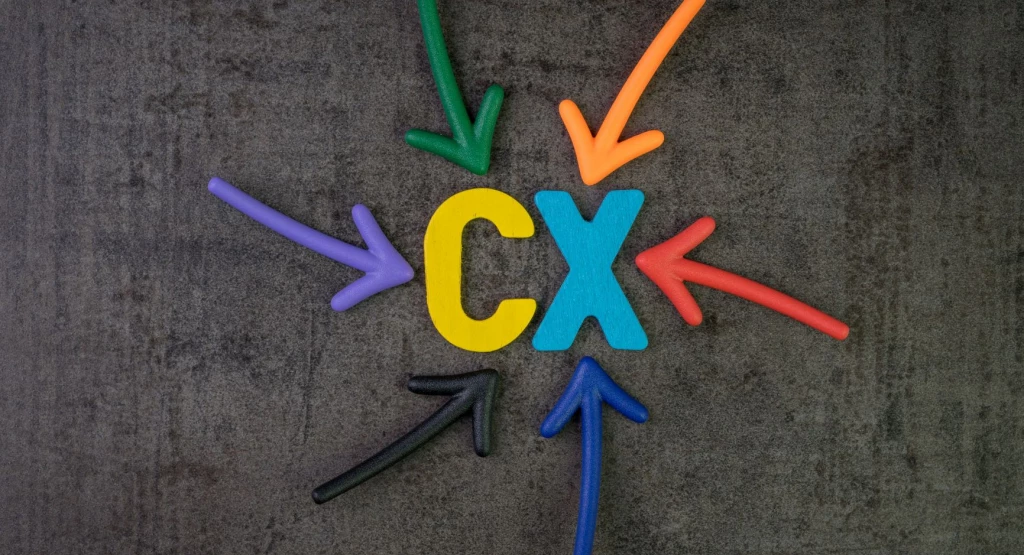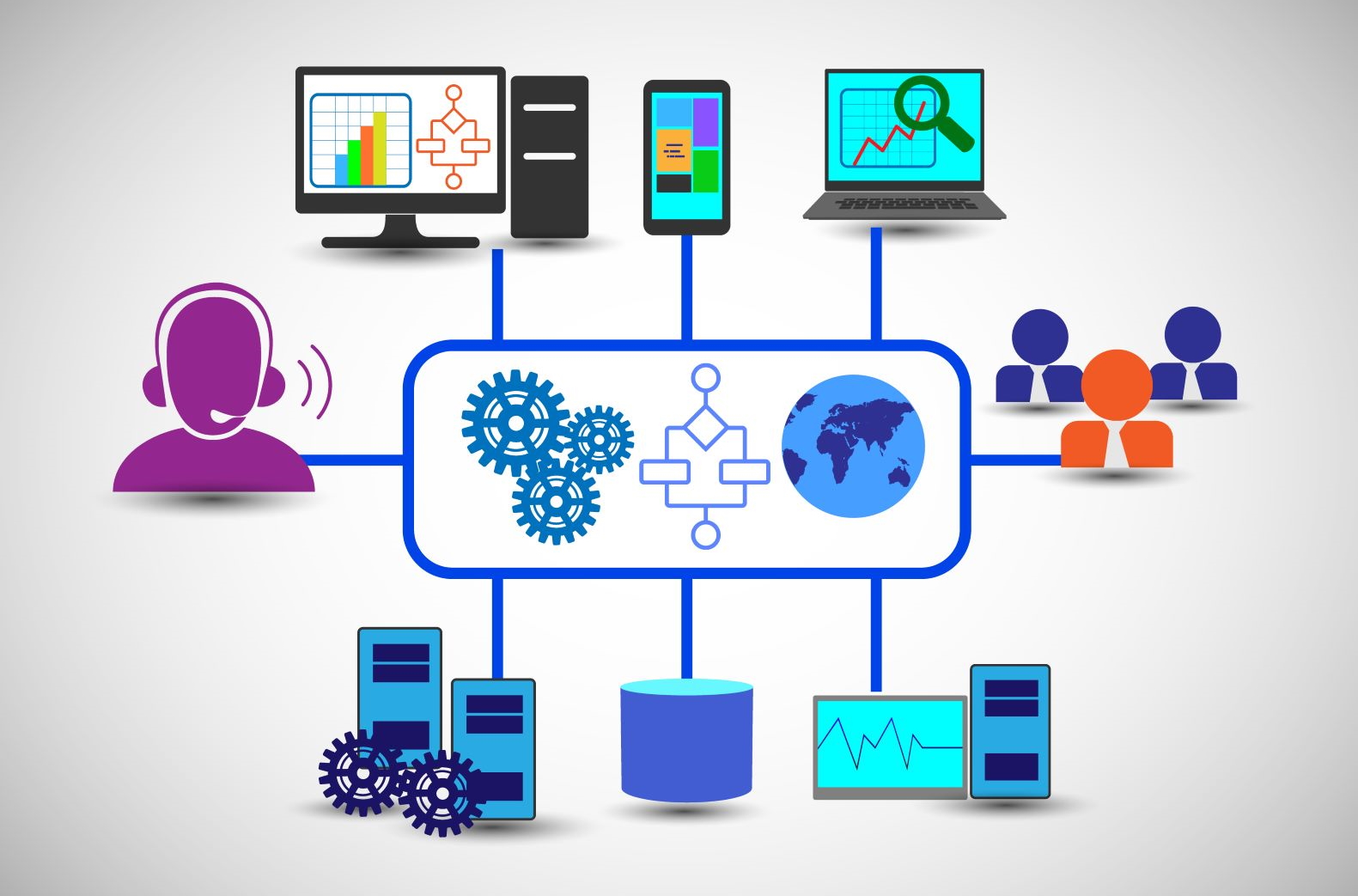Top Metrics To Understand How Your Customers Feel About Your CX
It can be difficult to know which metric is best. Discover the top metrics to measure how customers rate your CX strategy.

Metrics For Measuring CX
There are so many metrics in the world today—it can be difficult to know where to turn first. It doesn’t help that customer experience as an industry has boomed over the past decade, meaning that all kinds of new metrics and indicators of success have too. You’ve probably heard of the big contenders: net promoter score (NPS), customer satisfaction (CSAT), maybe even first response time (FRT). While all of those are valuable and useful to keep track of, they are no longer the only option when it comes to knowing what your customers feel about the experience that you are providing them.
Customer experience isn’t just about the individual moments of a customer’s time with your product anymore, but a holistic view of their entire journey. It includes all of the ups and downs, alongside the touchpoints that they’ve had with various members of your team. That’s right: it’s no longer just about what support or customer success can offer, but the whole package from your marketing website, through to your sales experience. Obviously, CSAT and NPS are just two blips on that larger scale understanding of what your customer experience looks like. Here are a few other metrics that are great at measuring your CX:
Customer Effort Score
Customer Effort Score, also known as CES, is a different sort of survey that you can send to your customers. Instead of NPS or CSAT, CES asks a customer a variation of “how easy was it for you to solve your problem today?” and then asks them to rank their answer on a seven-point scale from “Very Difficult” to “Very Easy.”
According to CEB analysis, CES predicts customer loyalty 1.8x better than customer satisfaction scores. Similarly, customer loyalty is one of the main drivers behind valuable customer behaviours like:
All of those are pretty valuable when it comes to a company looking to grow and thrive. Keep a thumb on the pulse of your CES to determine if things like staffing changes, new product strategies or outages are having an impact on how easy your customers feel it is to do business with you.

Journey Analytics
If you do not know where your customers are reaching out to you or what the various touchpoints that they go through are, how are you ever going to make it better? You can’t fix what you don’t know about. Customer journey mapping and analytics give you a better handle on how customers feel at certain points in their journey with your product, so you can know exactly where to focus your efforts. Beyond that, though, there are two specific points that you can use journey analytics for.
Surveying at the right time
Surveys usually get a 10-15% response rate. So, if you’re looking for more or better data, use your customer journey map to understand when people are most likely to respond. In your journey analytics you can keep track of when people respond most to what surveys, as well as knowing what a user has already done in your application or product. For example, if a customer hasn’t yet logged into your product, sending them a survey about a specific product feature will be a waste of time.
Nothing is worse than receiving a survey about something that you don’t feel equipped with the tools or knowledge to answer.
Task completion
Customer’s experience and success with your product is largely based on how easily they were able to use it and how effective it was for them. In a study of over 1200 different usability tests, the average task completion rate was 78%, meaning that 7.8 out of 10 people completed a task in the time frame expected of them. Seek out the average completion rate of the tasks that you know people need to do in order to be successful or find value with your product, and use that to determine if and where you need to improve your CX.
Customer Engagement
Do people care about what you’re saying and trying to show them, or do they come to your product once, set it up, and never come back again? On average, 29% of B2B customers are fully engaged—that’s pretty low. Similarly, 15 years ago, the average consumer typically used two touch-points when buying an item and only 7% regularly used more than four. Currently, consumers use an average of almost six touchpoints, with 50% regularly using more than four during a single purchase.
If you are not engaging your customers and meeting them where they seek help, you are going to miss out on key sales and upgrade opportunities. You’re also going to provide the customer with an experience that is below what they expect and deserve. Keep track of your customer engagement, consider the number of inputs that a customer has, the frequency with which customers reach out, the depth of their interactions with your product, and other metrics like how many times they’ve clicked on your blog. That will give you a good view of how often you are seeing engagement, and how valuable it is.

Contact Volume
It sounds pretty straightforward, but knowing how many people are reaching out to your team, when and where they are doing it from are three very valuable metrics. Not only do they help you understand if you need to hire more people, but they also tell you if a change that you recently made is jazzing up or frustrating your customer group.
Ultimately, the lower the number the better. As contact volume increases, the time that your agents have to spend on valuable, out of the queue projects decreases. Keep your thumb on the pulse of what is happening in the inbox in order to ensure that you keep spirits high, and continue to provide the best, more forward-thinking experiences to your customers as possible.
Churn Rate
Are you burning through customers faster than you can gain them? How often do you see customers churning and why? 50% of customers naturally churn every 5 years, but only 1 out of every 26 unhappy customers complain about their experiences. The rest churn silently.
If you can follow the trends of your churn experiences and start to preemptively combat them, you boost retention—awesome! It is 16 times as costly to build a long-term business relationship with a new customer than to work on building the loyalty of an existing customer. So, paying attention to churn and helping to proactively work against it is a benefit for your team and your bottom line in the long run. It also gives you the opportunity to better understand where your customers are experiencing pain, and what you can do about it.
Conclusion
There are tons of metrics out there to help measure your CX efficacy—we couldn’t even list all of them if we tried! The key thing to remember, though, as you are selecting metrics for your focus, is to determine which ones are the most telling cross-functionally. While it is certainly useful to know support-specific metrics, like time to first response, or resolution time, knowing the metrics that have an impact on multiple teams helps your organization move forward. It’s hard to move forward blindly. Use CX metrics and a data-driven strategy as a flashlight to guide you forward in providing the best possible experience for both new and existing customers.
Bio: Yaakov Karda is the co-founder of Chatra.io and a slow coffee enthusiast. When not brewing or working on the startup, he helps his wife with their art projects or explores Tel-Aviv on a bicycle.
Really Simple Systems is now Spotler CRM
The same great technology, a CRM platform that is focused on the needs of B2B marketers, provided by the same great team, at a great price!